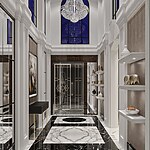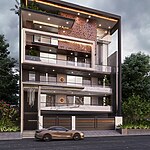The task of building sustainable and aesthetically pleasing structures has always been a challenge for the construction industry for decades.
Project Name: Energy-Efficient Buildings with AI-Driven Sustainable Design
Studio Name: design 21
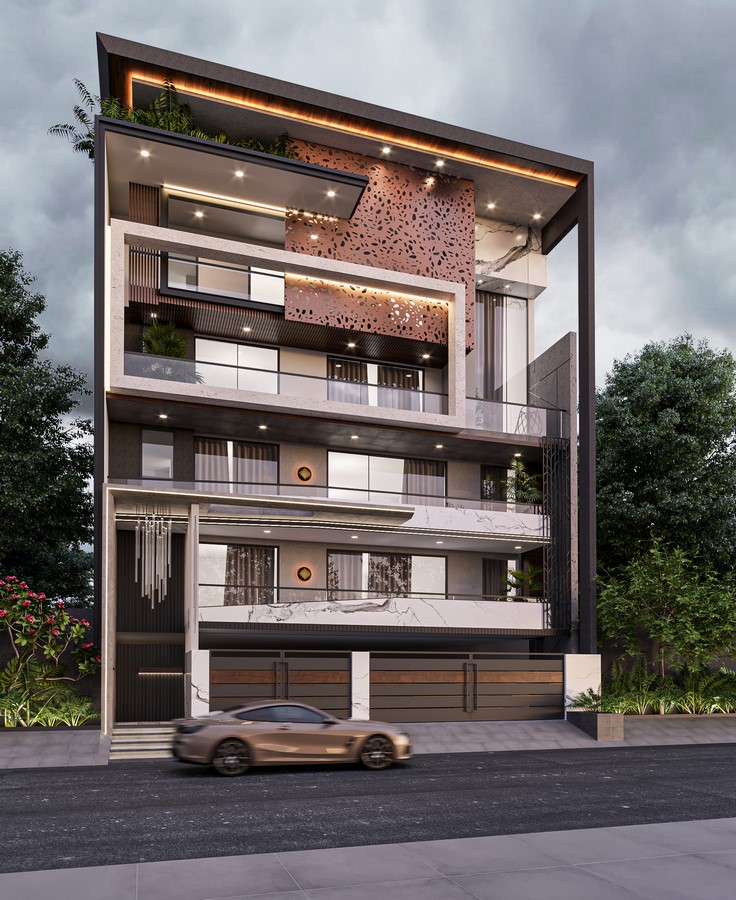
But what if ingenious engineering or superior materials were not the only solutions? Artificial intelligence (AI) technology holds the key to the solution as it is revolutionising the way we approach energy management and building design. Artificial Intelligence (AI) is enabling a new age of energy-efficient buildings through its capacity to analyse massive volumes of data and make well-informed judgments. Ar. Amit Gulati, Founder and Principal Architect at Design21, through this article, explores the fusion of sustainable design and AI and how this amalgamation will shape the future of architecture.
Using AI to Improve Energy Efficiency
Real-time data analysis, pattern recognition, and predictive recommendation are all enabled by AI-powered systems, which optimise energy use. Building owners and operators can decrease energy waste by identifying inefficiencies, gaining useful insights into their energy usage patterns, and implementing targeted tactics by utilising AI algorithms. AI provides a wide range of tools and strategies to maximise energy efficiency and minimise environmental impact, from demand response optimisation to predictive maintenance.
Systems for Smart Building Management
AI is used by smart building systems to save energy as it gathers sensor data and modifies ventilation, heating, cooling, and lighting. This maximises energy efficiency without compromising occupant comfort. Intelligent systems play a crucial role in sustainable building design by continuously evaluating performance and modifying operations. To maximise energy efficiency and lower operating costs, these systems may also adjust to changing conditions, such as occupancy patterns and weather forecasts.
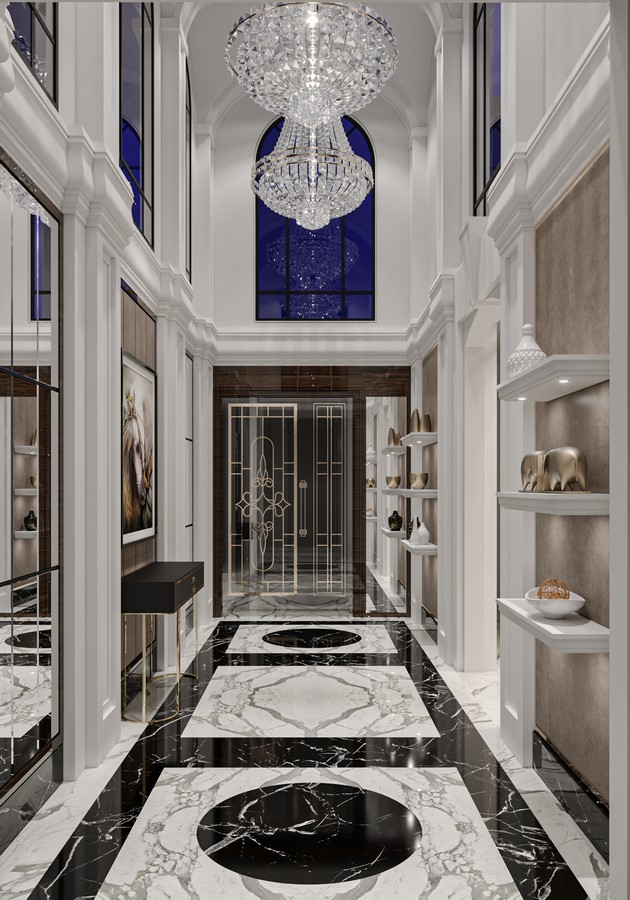
AI for Predictive Design
Predictive maintenance is another important aspect that uses AI in sustainable design. Its goal is to find and fix possible equipment problems before they occur. Artificial intelligence (AI) algorithms can identify trends that point to imminent equipment breakdowns and send prediction alerts to maintenance staff by analysing sensor readings and performance indicators. By using a proactive approach, building systems showcase less downtime and an increased lifespan. Predictive maintenance guarantees that building systems function at maximum efficiency, lowering energy consumption and operating costs in the process by addressing maintenance concerns aptly and effectively.
Stimulating and Modelling Energy
AI-powered energy modelling and simulation tools give architects and designers crucial insights into the energy efficiency of their structures. These technologies use complex algorithms to analyse systems, materials, and building designs to simulate their behaviour under various conditions. To save energy, designers can optimise building orientation, use passive design strategies, and use energy-efficient materials and technology. By using AI-driven energy modelling in the design process, architects and designers can create structures that are visually appealing, incredibly energy-efficient, and sustainable.
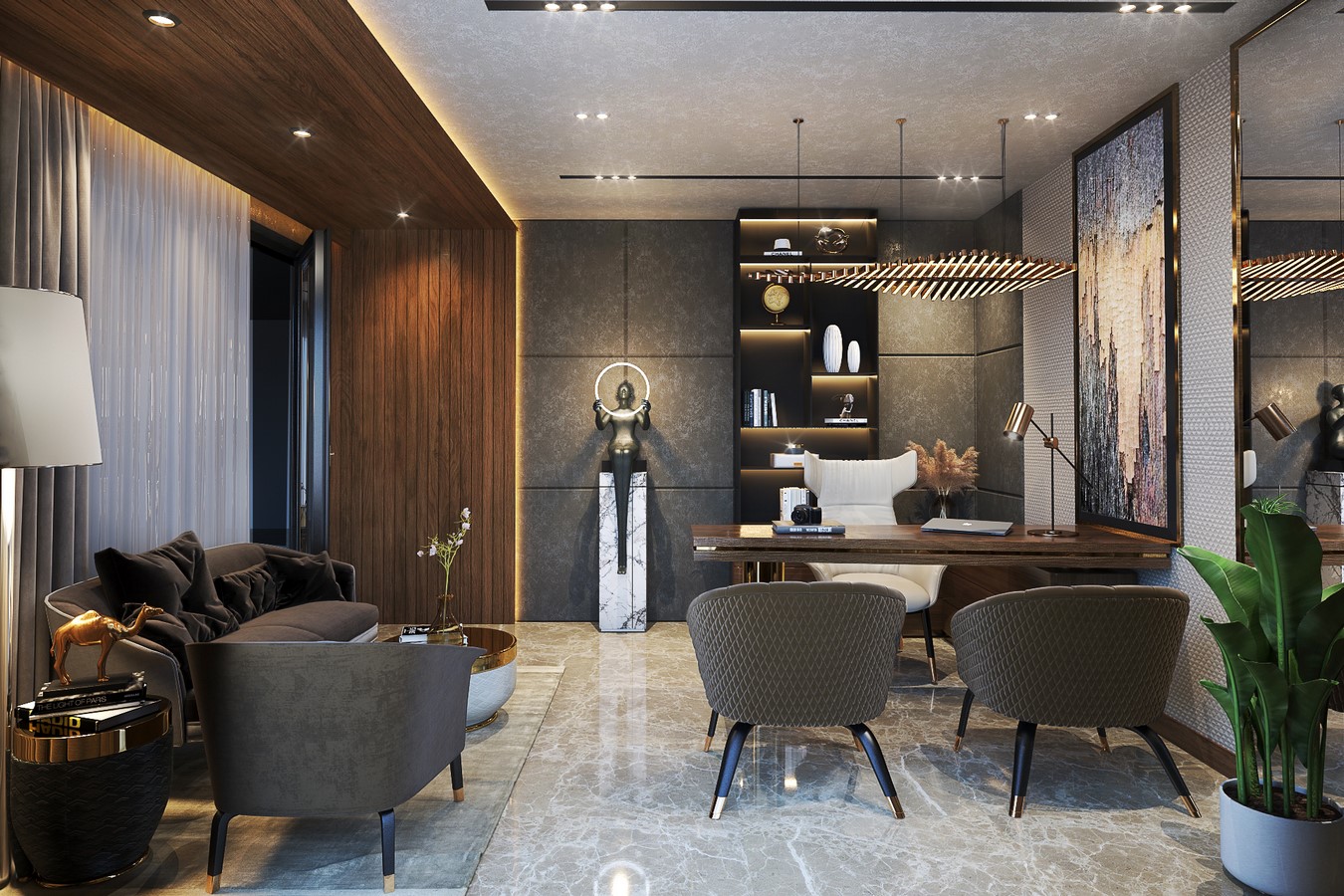
Designing and managing energy in buildings is evolving as a result of the application of artificial intelligence (AI) in sustainable design methods. Energy-efficient and eco-friendly building construction is now increasingly dependent on artificial intelligence. So let us develop a built environment that is sustainable, fulfils the requirements of coming generations, and conserves the environment by utilising its potential!










